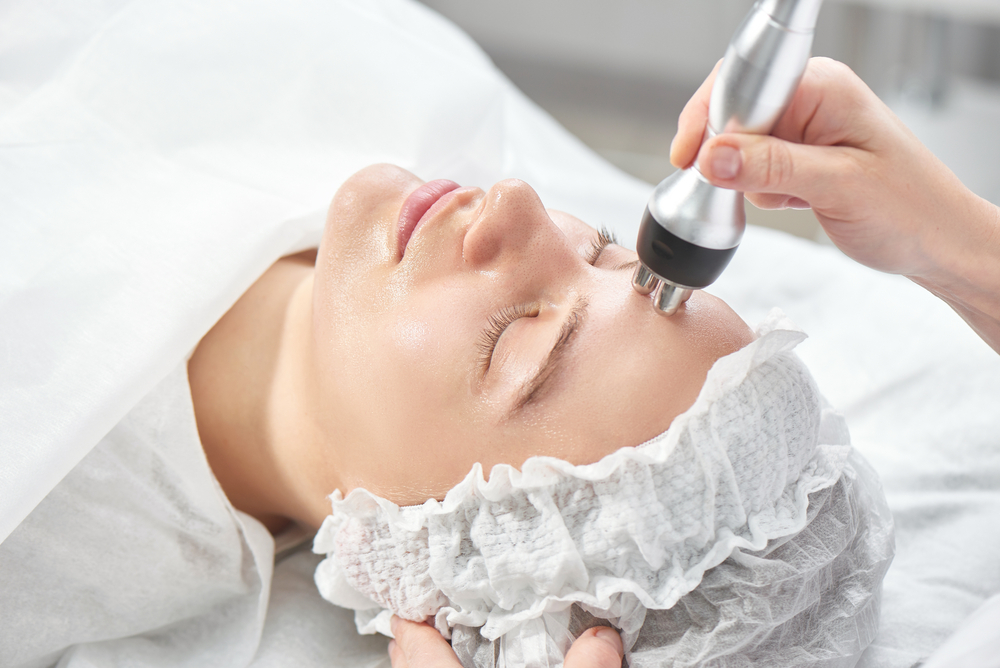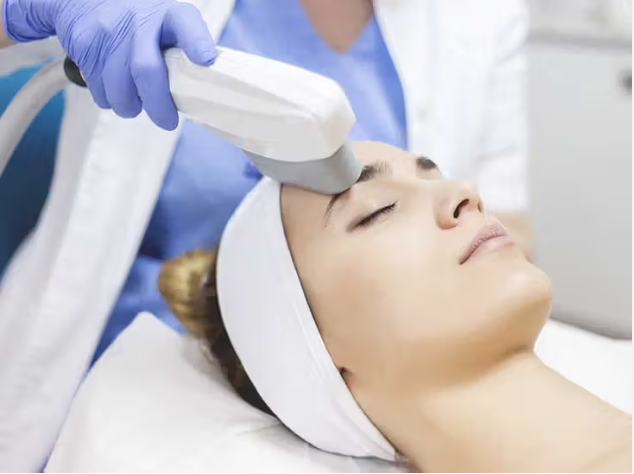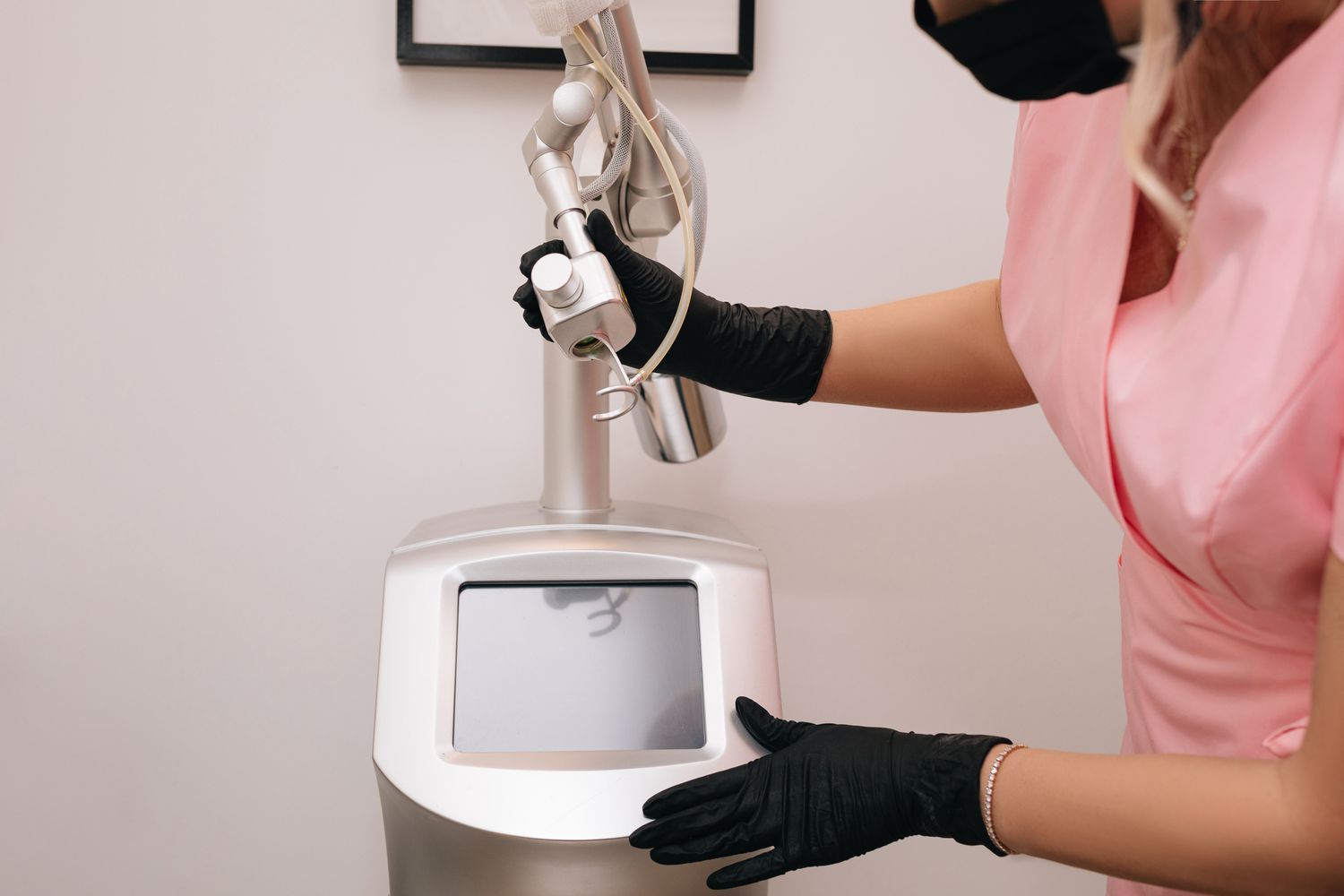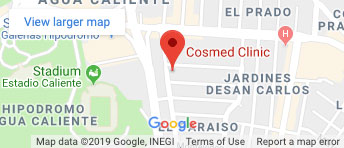
There are a number of ways that dermatologists treat rosacea depending on the appearance and severity of the condition.
Are you concerned about the persistent reddening of your face? You may be suffering from a skin condition known as rosacea. Rosacea presents itself in a number of ways, most commonly making the face appear red or flushed, causing a burning or stinging sensation of the skin, or increasing the appearance of broken veins on the face. While rosacea can be both frustrating and embarrassing, it is a relatively common condition that affects millions of people worldwide. The American Academy of Dermatology estimates that more than 14 million people in the United States are currently living with rosacea. While rosacea can affect people of all skin color, age and gender, the highest number of instances occur in people between the ages of 30 and 50, among people with fair-skin, and among people with a family history of rosacea or severe acne. While women tend to have a higher number of reported instances of rosacea men tend to have more severe rosacea.
Common Misconceptions about Rosacea
There are a number of misconceptions surrounding the condition which results in a high percentage of people who never end up seeking treatment. One of the most common misconceptions about rosacea is that it only affects people with fair skin. While it is true that rosacea is more common among people with fair skin, it is certainly not uncommon among people of color. Many people also mistake rosacea for adult acne and seek treatment for acne rather than for rosacea. While acne and rosacea may coexist, medication designed specifically for the treatment of adult acne can aggravate the skin further, making the rosacea much more noticeable. Your doctor can easily diagnose rosacea by examining your skin, asking about your symptoms, and by examining your medical history.
Treatment of Rosacea
There are a number of ways that dermatologists treat rosacea depending on the appearance and severity of the condition. There are a number of medicines and ointments that can be applied to the affected areas, including antibiotics and emollients that repair the skin. In other instances simply applying a sunscreen may reduce the number of flare-ups. In other cases, dermatologists may choose to use a laser or light treatment on the skin or move forward with a dermabrasion treatment to remove some of the affected skin cells. Ultimately, there is no way to cure rosacea permanently, but there are ways to decrease the appearance of the condition that also make the skin feel much more comfortable. Treatments may also keep the condition from getting worse and may reduce the frequency of flare-ups.
Most Common Triggers that Increase the Appearance of Rosacea:
- Temperature and Hot Weather: It is best to try and avoid extreme temperatures (both hot and cold) as these may worsen your existing rosacea or cause flare-ups with treated rosacea.
- Certain Foods/beverages: Keep a food journal in order to determine if certain foods or beverages trigger flare-ups.
- Alcohol: While alcohol does not cause rosacea it has been known to cause flare-ups.
- Stress: Stress may cause increased redness of the skin, so it may be a good idea to practice stress management techniques.
- Certain Skin Care Products: Some makeup and skincare products may irritate the skin, so it is recommended to use mineral based skin care and makeup on rosacea prone skin. Please also note that facials are not appropriate measures for treating rosacea.
At CosMed we offer a number of treatments depending on the severity of the condition. Following a full evaluation, we will suggest the proper treatment, which could include topical treatments, oral antibiotics, or possible laser/IPL usage. Schedule a virtual consultation to get started today.
***************************************************
Our CosMed dermatologist Dr. de la Fuente is a skin care expert. He has presented and published scientific articles available at PubMed, Journal of the American Academy of Dermatology, Skin and Aging, Clinical and Experimental Dermatology and many more. He also serves as a Dermatology Professor at School of Medicine in Tijuana.





